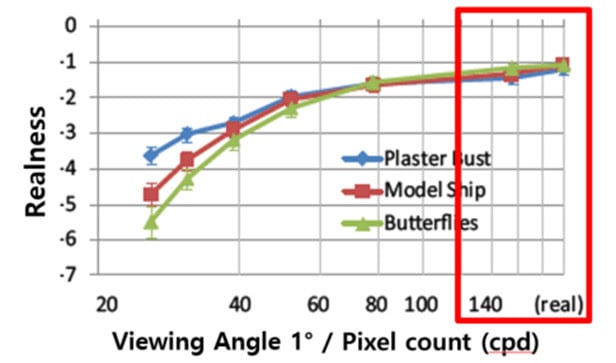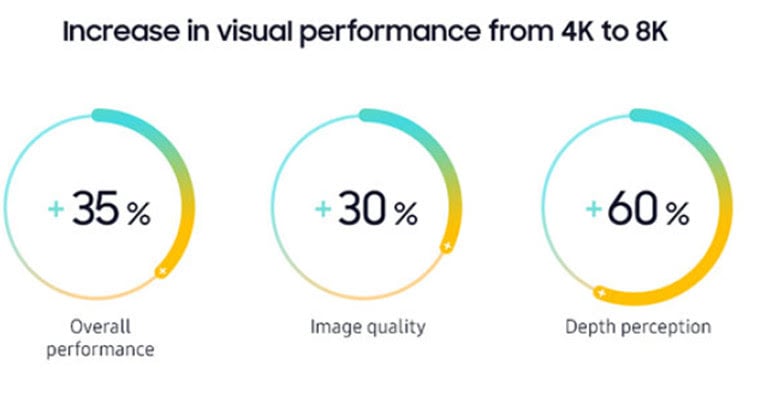
8K TVs top TV line-ups for a reason
Is there 8K content and does it matter? Is it worth the higher price? These are all valid questions to ask if you are in the market for a new TV. In this article, I’ll talk about some of the common misconceptions around 8K, discuss what is included in these new 8K TVs and conclude with the items to look for if you want to consider buying one.
You Can’t See the Difference – or Can You?
Much of the criticism of 8K TV has been that you can’t see the extra pixel when viewing the TV from typical viewing distances of 8-10 feet. This assessment is based upon standard measure of visual acuity – i.e. how well we can see based on the Snellen eyechart. The argument is that adjacent pixels in an 8K TV are so close that we simply can’t resolve them. While the science behind this conclusion is solid, human vision is far more complex than the simple acuity metric might suggest. The reality is that you can see the difference between a 4K and 8K TV image.
NHK has done research to compare displayed images at various CPDs (cycles per degree or line pairs per degree) to real objects. The goal was to see at what CPD the viewer now thinks the displayed image looks like the real object. Their research suggests that at around 150 CPD, displayed images now look like the real object. This clearly suggests that there is more to vison than simple acuity or the Snellen eye chart test where 20/20 vision corresponds to CPD=30.


- Super-resolution reduces information loss thus creating a more realistic image
- Super-resolution displays increase the dynamic signal-to-noise ratio reducing cognitive loading and increasing the immersive effect


Chris Chinnock is the founder and president of Insight Media – www.insightmedia.info
 If you enjoyed this article, you will like the following ones: don't miss them by subscribing to :
eeNews on Google News
If you enjoyed this article, you will like the following ones: don't miss them by subscribing to :
eeNews on Google News



